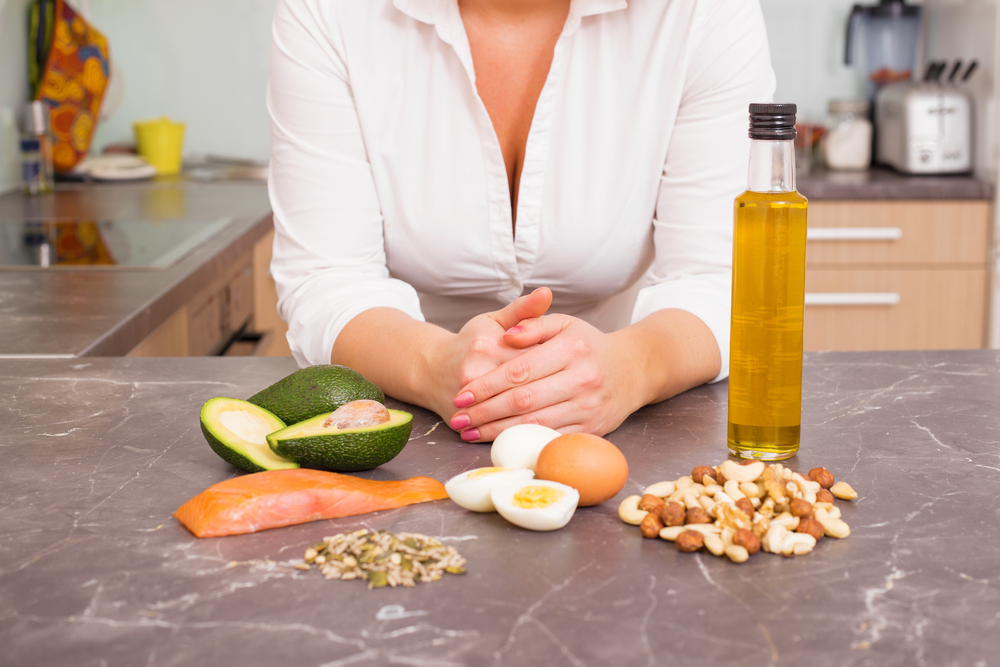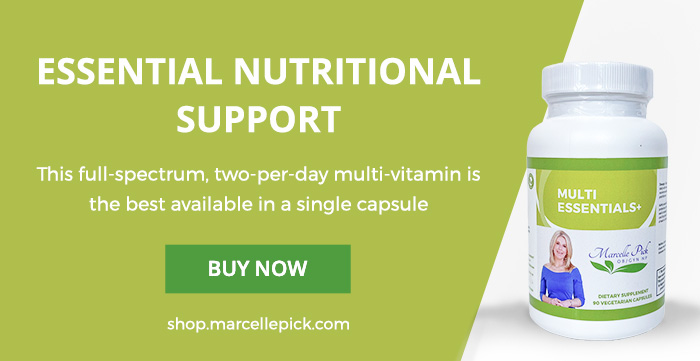Everyone is talking about inflammation these days: what causes it, and what it can do to your body. Although there can be many things behind the chronic inflammation that causes serious health issues, there’s a big one you can do something about right now. You may not be surprised when I tell you that’s food, but you might be surprised at just which foods can make inflammation flare up, causing you major discomfort – and which foods might help you keep these issues at bay.
Before we can truly understand why the food impacts inflammation, we need to understand exactly what inflammation is. So, let’s take a quick look at this natural immune response, and what happens when it kicks into overdrive.
Inflammation is a natural, healthy response to injury and infection, and sometimes it’s a critical component in the healing process. Inflammation defends you by deploying immune cells and essential nutrients to the places that need them the most. So that swelling, redness and pain you associate with inflammation can actually be a good thing!
But chronic inflammation is another thing entirely. If your immune response is always activated, your system will continuously produce these immune cells, and that can cause permanent damage. Major health issues, like arthritis, Alzheimer’s disease, heart disease, depression, and cancer can result.
The factors that contribute to inflammation differ for every individual. Some common causes include being overweight; constant stress; and lifestyle choices such as not getting enough sleep or exercise, or smoking. And, of course, food choices play a big part. Some foods are seen as anti-inflammatory, helping to decrease the inflammation in your body. Others are seen as “pro-inflammatory” and despite the prefix, that’s anything but positive! These foods promote chronic inflammation, which is the last thing your body needs.
Let’s take a look at some of the most common foods in each category. If you know which foods can help you keep your immune response on an even keel, you’ll be better prepared to make healthy choices and feel your very best!
Avoid These Pro-Inflammatory Culprits
It’s no mistake that a lot of what shows up on pro-inflammatory lists is typically considered junk food. You’ll be hard pressed to find someone who will argue that fried foods are good for you. But there are plenty of other foods that might not be so obvious, but can cause just as many problems. Here are a few:
Gluten
People who have celiac disease know they need to stay away from foods containing gluten. But even if you don’t have true celiac, gluten can cause issues for many people with unidentified sensitivities. I have a friend who was, like many people, skeptical when I told her gluten could be at the root of her joint pain. But after physical therapy did nothing for the lingering tendonitis in her elbow, she was willing to explore further. She cut out gluten products for a month, and the pain went away. And any time she begins to include gluten in her regular diet, she notices her joints begin to stiffen and ache. That was enough personal evidence to convince her that she should rarely, if ever, consume foods that contain gluten.
Sugar
Sugar is perhaps the most insidious of ingredients in the food many of us are eating today. It shows up in the most unexpected places. Salad dressing? Bread? Ketchup? Yes, to all of those and so much more. Elevated blood sugar prompts your body to create free radicals, which sends a “danger” message to your immune system. So even if you rarely eat cookies, candy or doughnuts, check your sugar intake. You might be consuming far more than you know, resulting in chronic inflammation.
Omega 6 fatty acids
Yes, you need some Omega 6 in your diet. But the ideal ratio of Omega-6 to Omega-3 fatty acids is 1 to 1. The typical American diet often sees a ratio as high as 20 to 1! Vegetable oils are high in Omega-6 and low in Omega-3 – so frying foods in sunflower, soy or palm oil instead of transfats really doesn’t help.
Refined flour
Do you turn to sandwiches on white bread, pizza, pasta or burritos for a quick meal? If so, you should know that the refined flour in these products can be making your inflammation worse. They are quickly broken down into sugar, which makes your blood sugar level – and insulin level – rise.
Alcohol
You know that feeling you have the morning after one too many glasses of wine? That’s your body letting you know that too much alcohol isn’t a good idea. When your body breaks down alcohol, toxic byproducts are generated, which can weaken your body’s immune system, cause damage to liver cells, and promote inflammation. I’m not suggesting you never have that glass of wine – but one is enough!
Dairy
Dairy is a common allergen, and all allergens trigger an inflammatory reaction in your body due to the release of histamines. And just like gluten, there are many individuals who, even without an allergy, have a sensitivity to dairy products. The saturated fats in cheese, milk and butter can induce inflammation. Some studies have also connected full-fat dairy products with a decrease in the “good” bacteria your guts needs to help reduce inflammation.
Eat More of These Anti-Inflammatory Foods for a Health Boost
Now that you know some things you should avoid, let’s take a look at some foods that can help combat inflammation and keep you feeling great.
Fruits & veggies
You can’t go wrong when you fill your plate with fruits and vegetables. The more colorful the better! Dark leafy greens contain plenty of Vitamin E, which helps combat against pro-inflammatory molecules called cytokines. And there are plenty of options – kale, swiss chard, spinach to name just a few. Choosing other colorful options – tomatoes, berries, tart cherries and bell peppers, will give you antioxidants without all the starch of white potatoes and corn. But be sure you pay attention to your body. Nightshade vegetables like tomatoes and peppers could make inflammation worse, so you have to know what works for you. Luckily, there are so many colorful choices that if one doesn’t work for you, you can simply move on to the next. Don’t overlook onions and garlic, either. Both have been found to have significant positive impact on inflammation.
Whole grains
Whole grains, as opposed to refined bread, cereal and pasta, are rich in fiber, which can reduce levels of C-reactive protein in your blood. But be careful – not all products marketed as “whole grain” are created equal. Make sure you check labels, and opt for foods whose grams of carbs per serving is less than 10 times the number of fiber grams. There are plenty of great whole grain options available, including oats, quinoa and brown rice, to round out your meals.
Ginger and Turmeric
Have you heard the buzz about these two powerful spices? Each has been shown to carry anti-inflammatory properties, and both add a burst of flavor to dishes without resorting to less healthy options, like sugar.
Omega-3 fatty acids
Oily fish is one of the best sources of these inflammation-fighting fatty acids. Try to eat fish like salmon, mackerel, tuna and sardines several times per week – but make sure it’s baked or broiled, not fried. Walnuts and almonds are also good sources of these essential fats.
Small Changes Can Bring Big Results!
Shifting your dietary habits can take time, and there’s no need to take drastic measures doomed to fail. Slowly introduce anti-inflammatory foods while weaning yourself off the pro-inflammatory choices, and I think you’ll notice a big difference! Pretty soon, you are likely to be making healthier choices automatically, and reveling in how fantastic you feel!








